As the festive season approaches, Indian households prepare for some of their biggest purchases of the year. Traditionally centered on gold, automobiles, and home upgrades, these purchases are increasingly turning sustainable.
At the center of this shift is ‘Green Financing’—a form of credit specifically designed to fund projects, products, or services that deliver environmental benefits, from renewable energy to sustainable mobility and energy-efficient infrastructure.
Why Festive Season Matters
Festivals in India are more than cultural milestones; they are economic drivers. Almost half of annual automobile sales occur during the festive window, underscoring the role of consumer sentiment in shaping purchase decisions. When paired with affordable green loans, these decisions can push the adoption of sustainable products at scale.
As Pramod Marar, Chief Executive Officer of Satin Finance Limited, notes, “The significance of green financing during the holiday period is the volume of economic activity sustained in the retail, transportation, housing, and lifestyle sectors. When this demand is enabled by sustainable green finance, the multiplier effect results in the capacity to create layers of leverage for sustainability potential on the back of pure consumer expenditure. Further, as India is transitioning to a more climate-resilient future, with decarbonization commitments and net-zero targets, incorporating sustainability into festive spending in the credit space as part of financing for consumer goods and services, and more broadly, will establish a basis for transformative change.”
Where Green Financing Is Making an Impact
Electric Vehicles (EVs):
Automobiles have always been central to festive buying, but EVs are now emerging as the new festive purchase. Kailash Rathi, Head Partnerships and Co-Lending at Ecofy, explained:
“Festivals in India have always been about more than celebration – they are moments of decision-making for households. Since almost 40–50% of annual automobile sales take place during the festival window of Ganesh Chaturthi to Diwali, the season becomes a boon by default for shaping sustainable decisions. Just as gold or a two-wheeler used to be the classic festival purchase, Electric Vehicles are now increasingly assuming that status. State subsidies, incentives, and innovative pricing are making EVs a common-sensical and responsible long-term investment and not a luxury indulgence. India breached 1.5 million EV sales in FY24, and we anticipate festival discounts pushing this penetration all the way higher.”
Solar and Energy-Efficient Homes:
Home upgrades are another festive tradition, with cleaning and refurbishments common in Indian households. Increasingly, these upgrades are turning sustainable, with rooftop solar installations, energy-efficient appliances, and home automation systems. As Rathi explains, “Festive preparation is not only about mobility—houses are transforming too. Cleaning and upgrading have always been part of this season, and now, increasingly, these upgrades are of solar rooftops, energy-saving devices, and home automation. And with the government setting a target of 40 GW of rooftop solar capacity by 2026, the alignment of cultural practice and sustainability is boosting adoption at the household level.”
He also highlights how financiers, including Ecofy, are responding to this trend. “Just like automobile makers and dealer networks gear up for festival requirements, financiers too need to gear up their offerings so that they can facilitate green options. At Ecofy, our mission is to facilitate households making this transition effortlessly. For example, on Independence Day, we introduced a rooftop solar finance scheme in Maharashtra where customers can begin their solar journey at Rs 1,947 only per month, and on Ganesh Chaturthi, we came up with a zero-processing-charge offer for EV two-wheeler customers.”
Mainstreaming Green Loans:
The festive season is demonstrating that green loans are no longer niche but an integral part of mainstream finance.
Marar highlights, “In the past, the holiday season for India also aligned with increased spending levels; now, it also defines an inflection point to steer purchasing decisions towards more conscious and sustainable choices. Critical to this shift has been green or sustainable finance, which allows consumers and businesses to access cleaner technology, energy efficiency products, and other services in a sustainable manner without being beholden to price. Financial services have provided green finance specifically for electric vehicles, solar rooftop systems, and supply chains, and they complement base demand during the holiday period. They also aim to deliver sustainable behavioral change by linking access to finance with sustainable behavior.
Rathi further emphasizes how sustainability is no longer a side conversation in India’s festive economy. He says, “Comprehensive and innovative green loans are now mainstream and no longer niche. Increasing awareness, competitive pricing, and season-specific festive schemes are making green products and green deals an inherent part of festival baskets and traditional buys. Indian buyers are increasingly merging tradition and sustainability—opting for EVs, rooftop solar, and energy-efficient residences not only as displays of prosperity but also of progress and accountability.”
Way Forward
The convergence of festive consumer demand, innovative green financing, and growing awareness of sustainability is reshaping how Indian households define prosperity. By designing accessible, affordable, and season-specific credit products, lenders can turn cultural buying cycles into catalysts for long-term sustainable behavior. Strengthening this ecosystem will not only accelerate India’s transition toward its climate goals but also ensure that tradition and sustainability grow hand in hand in the years ahead.
Also Read
India’s Geothermal Energy Roadmap: MNRE’s 2025 Policy in Detail






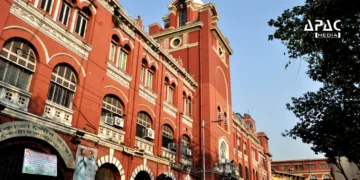


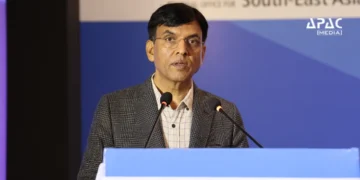









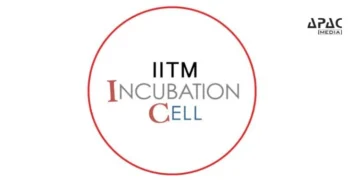





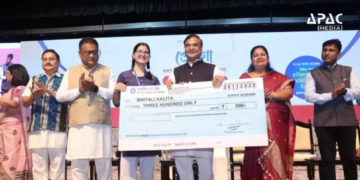


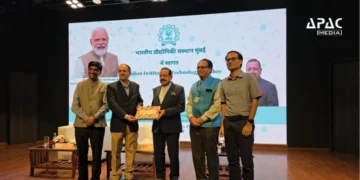




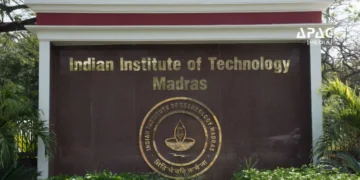





















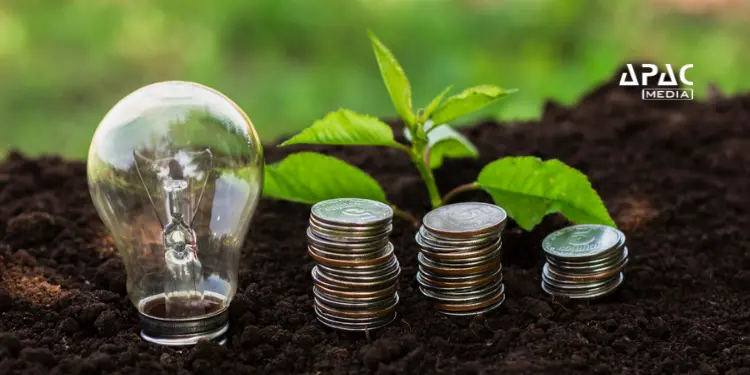













Discussion about this post